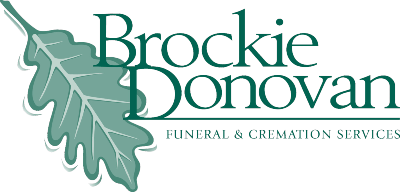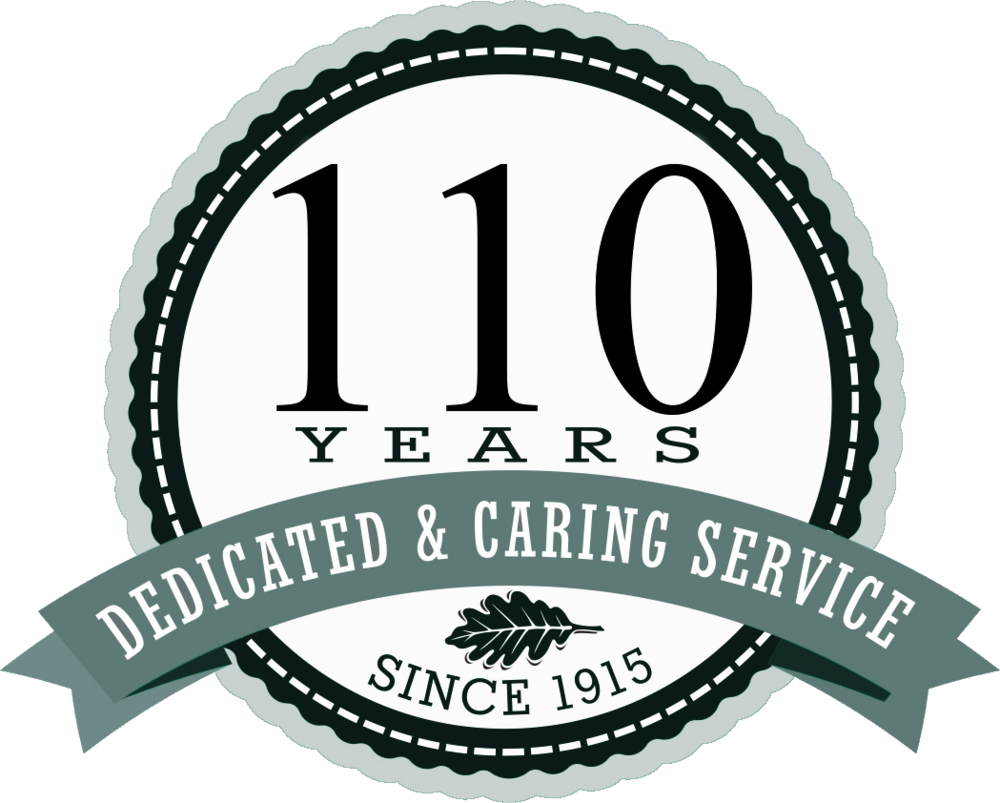Burial Services
Traditionally, a burial service involves a visitation and is followed by a funeral service. While the casket is typically present at both these events, it is your decision whether to have the casket open. Decisions also need to be made about what kind of casket to use, and what type of headstone or marker to consider.
If burial has been selected, usually any ceremonies we design revolve around the casket being present. You can choose to follow tradition, with a viewing, and then a funeral service in a church or our chapel. Or you could decide to have a more intimate service, even on the family farm or up at the family cabin.
Let’s just say this: there is no ‘hard and fast’ formula for honouring your loved one when burial has been selected. We’re here to listen to your concerns, share our experience, and help you to arrive at the perfect way to gather together before your loved one's interment in the cemetery of your choice.
When it comes time for a monument, please contact us to assist you with ordering the perfect monument for your loved one's place of rest.
Cemetery Types
Monumental cemetery (Brandon Cemetery): A monumental cemetery is the traditional style of cemetery where headstones or other monuments made of marble or granite rise vertically above the ground. There are countless different types of designs for headstones, ranging from very simple, to large and complex. Please contact us for assistance with choosing the perfect monument for your loved one.
Lawn cemetery (Rosewood Memorial Gardens): A lawn cemetery is where each grave is marked with a small commemorative plaque that is placed horizontally at the head of the grave at ground-level. Families can still be involved in the design and in choosing the information contained on the plaque, but in most cases the plaques are a standard design. We can help you with your bronze plaque to memorialize your loved one.
Burial FAQ
What is opening and closing, and why are there fees for it? Opening and closing fees can include up to and beyond 50 separate services provided by the cemetery. Typically, the opening and closing fees include administration and permanent record keeping (determining ownership, obtaining permission, and the completion of other documentation which may be required, entering the interment particulars in the interment register, maintaining all legal files), opening and closing the grave (locating the grave and laying out the boundaries, excavating and filling the interment space), installation and removal of the lowering device, placement and removal of artificial grass dressing and coco-matting at the grave site, leveling, tamping, re-grading and sodding the grave site, and leveling and re-sodding the grave if the earth settles.
Can we dig our own grave to avoid the charge for opening and closing? The actual opening and closing of the grave is just one component of the opening and closing fee. Due to safety issues which arise around the use of machinery on cemetery property, and the protection of other gravesites, the actual opening and closing of the grave is conducted by cemetery grounds personnel only.
Why is having a place to visit so important? To remember, and to be remembered. A permanent memorial in a cemetery provides a focal point for remembrance and memorializing the deceased. Memorialization of the dead is a key component in almost every culture. Psychologists say that remembrance practices serve an important emotional function for survivors by helping them bring closure, which allows the healing process to begin. The provision of a permanent resting place is an important part of this process.
Does a body have to be embalmed before it is buried? No. Embalming is generally a choice, one which depends on factors like if there is to be an open casket viewing of the body, or if there will be an extended time between death and internment. Public health laws may require embalming if the body is going to be transported by air or rail.
What are burial vaults and grave liners? These are the outside containers into which the casket is placed. Burial vaults and grave liners are designed to protect the casket and may be made of a variety of materials, including concrete, stainless steel, galvanized steel, copper, bronze, plastic, or fiberglass. They are designed to support the weight of the earth above them and prevent the grave from caving in. This keeps the ground level and reduces maintenance of the plot.






